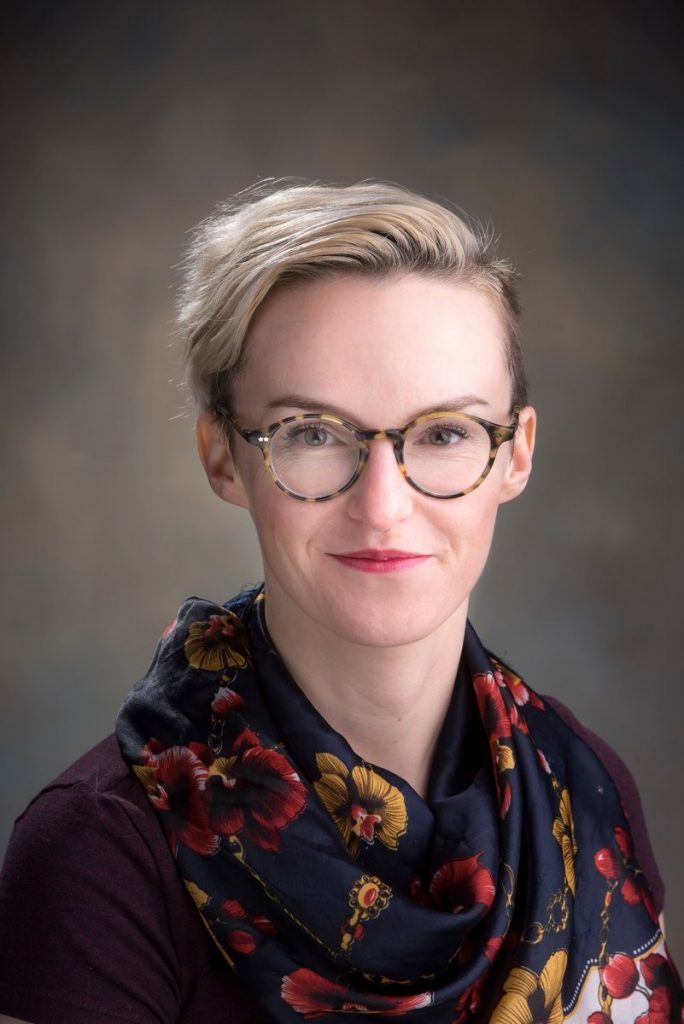Feral Feminisms is bringing attention to historically under-published authors through their reviews series, led by Dr. Ela Przybylo. The international, online publication dedicated their latest issue to asexual (ace) and aromantic (aro) authors and ace and aro content.
“For this issue, we opened up the framework to include work published by ace and aro authors as well as work on themes and topics related to ace and aro more broadly,” said Przybylo, who is a founding editor of the international peer-reviewed feminist journal.
Illinois State University students in Dr. Ela Przybylo’s English 308 class, titled Asexualities and Aromanticisms Across Media, worked in groups to edit, copyedit, create proofs, and select a cover image for the issue under the leadership of graduate team leaders.
“I never thought I’d get to learn about asexuality and aromanticism on a college campus,” said Janeth Montenegro Marquez, a first-year anthropology master’s student from Sacramento, California. Understanding the behind-the-scenes processes of working on a journal offered new insights, said Montenegro Marquez. “In many ways, I learned how articles and journals are a powerful tool for self-expression, especially for marginalized groups.”
In simplest terms, asexuality is a sexual orientation and describes a person who does not experience sexual attraction, while aromanticism speaks to a person who does not experience romantic attraction to others. “Both ace and aro people experience close connections and intimacy, though compulsory sexuality and amatonormativity create social pressures for people to be sexual and romantic as a default and norm,” said Przybylo, whose scholarship works to challenge how society defines intimacy. She is the author of the book Asexual Erotics: Intimate Readings of Compulsory Sexuality (Ohio State University Press 2019).
Przybylo worked with the class to gather reviews of the works of ace/aro authors and creators or on ace and aro content. Those reviews make up the issue, and also provide a sampling of books, journals, short stories, and internet artifacts.
“The items reviewed were selected by reviewers who felt excited by these texts and were not intended to be representative of the plethora of ace and aro publications,” said Przybylo.
Among the 21 reviews are pieces that look at the AZE Journal, at works on asexuality and Indigeneity by Darcie Little Badger, two reviews of Claire Kann’s book Let’s Talk About Love, Alechia Dow’s science fiction fantasy The Sound of Stars, and ace/aro representation in Mackenzi Lee’s The Lady’s Guide to Petticoats and Piracy, among many others.
The issue not only serves as a resource for those interested in ace and aro authors and content, but also served as a teaching tool for the students in Przybylo’s class. “I see publishing as a pedagogical tool,” she said. “It teaches the process while also allowing students to explore aspects of feminism, intersectionality, and what it means to actually put something together as a group.”
Feral Feminisms, first published in 2013, is an independent, inter-media, peer reviewed, open access online journal that offers a space for students and scholars, artists, and activists. The journal is part of the Radical Open Access Collective, a community of scholar-led, not-for-profit publications committed to horizontal alliances and creative experimentation.



